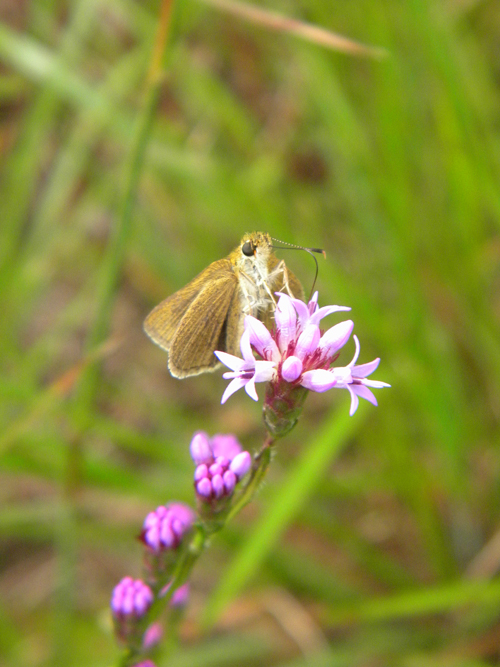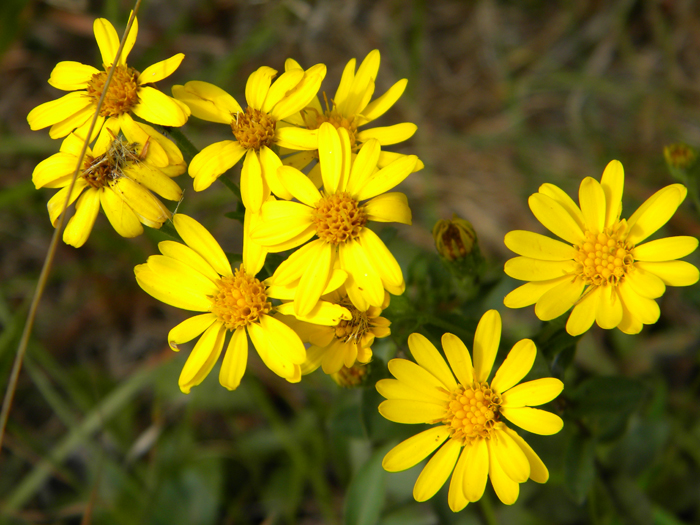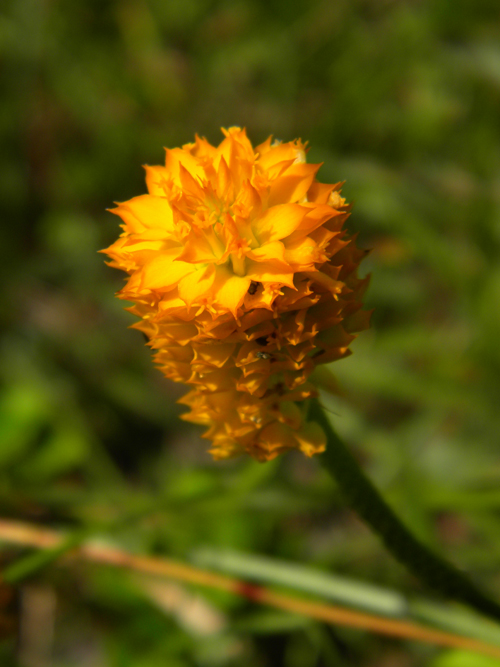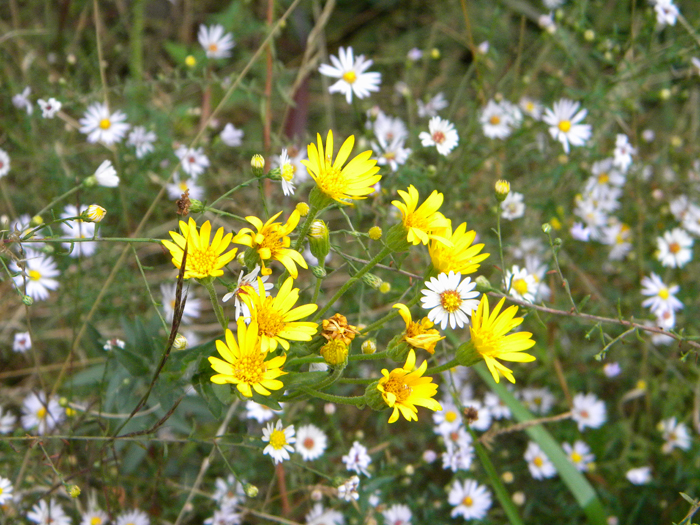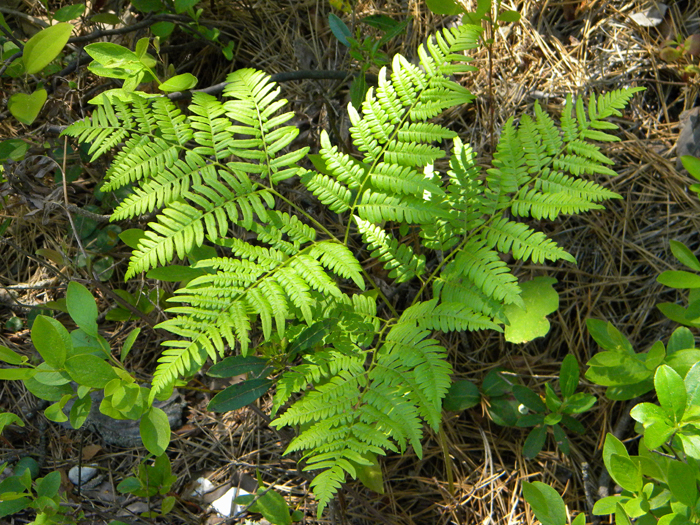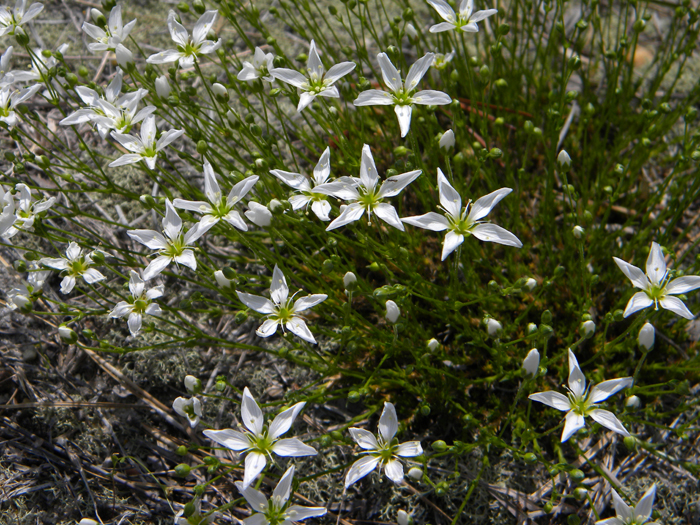A New Prescription for Roadsides

The Pinelands Area contains more than 11,000 acres of vegetated roadsides: areas adjacent to paved travel corridors where greenery abounds. Roadsides are generally maintained as open, tree- and shrub-free zones where a vehicle can pull over in an emergency – perfect for sun-loving plant species! By their very nature, vegetated roadsides contain a microcosm of Pinelands habitats, from bare sandy stretches populated sparsely with grasses and lichens to low-lying ditches and stream crossings dotted with colorful, unique wildflowers.
In recognition of the importance of roadside habitat, in 2009 and 2010 the Pinelands Commission worked with the Pinelands Preservation Alliance, state and county transportation officials, and local botanists to develop best management practices (BMPs) for the mowing and maintenance of Pinelands roadsides. Download the Pinelands Commission’s Roadside Mowing and Maintenance BMPs for Pinelands Roadsides here. Among the recommended practices are:
- Mowing only the minimum width of roadside needed to maintain safe vehicle pull-off and clear sight at turns and intersections;
- Mowing to a height of six (6) inches to allow common native low-growing groundcovers like bearberry and teaberry to survive and thrive;
- Restoring roadside soils to nearly undisturbed conditions following road improvements;
- Avoiding mowing sparsely vegetated areas at all times; and
- Mowing rare plant populations and portions of roadsides beyond the necessary safe vehicle pull-off areas only once a year during the dormant season.
The Commission appended its new roadside BMPs to a memorandum of agreement (MOA) being developed at the same time with Pinelands Area counties. The MOA was intended to clarify and simplify the Commission’s application process for certain road infrastructure improvements undertaken by counties on county-owned roads. As part of the agreement, the counties agreed to implement the roadside BMPs on all county-owned roads. The MOA was approved by the Commission in July of 2010 and has subsequently been executed with five of the seven Pinelands Area counties: Burlington County (August 2010), Ocean County (September 2010), Camden County (April 2011), Atlantic County (August 2011), and Gloucester County (April 2012). Download the county MOAs from this webpage.
The Road Ahead
The Commission is monitoring and evaluating the success of the counties’ implementation of the roadside BMPs. Commission staff is also working to locate and verify in the field notable roadside habitat remnants and protected rare species locations. In the near future, the Commission plans to discuss commitments to implementing the roadside BMPs with Pinelands Area municipalities and state transportation agencies on roads they maintain. The Commission is also considering other mechanisms to help protect and preserve native habitat remnants and plant populations along roadsides and elsewhere. Commission staff collaborated with the NJ Department of Agriculture and county soil conservation districts to establish a Pinelands-specific option for permanent vegetative cover within the Standards for Soil Erosion and Sediment Control in New Jersey, published in January 2014. Download the Standards here. The Commission is working to encourage use of the Pinelands-specific options for projects within the Pinelands Area.
For more information about the Commission’s roadside habitat BMPs and strategy, to report a concern, or to share interesting roadside field observations, please contact the Commission's Planning Office at planning@pinelands.nj.gov or (609) 894-7300. You can also download an informational trifold brochure on the roadside habitat BMPs here.
Here is a gallery showing some of the native plants that grow along roadsides in the Pinelands:


